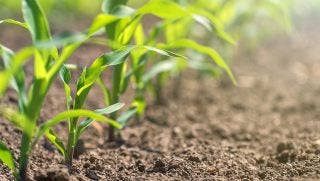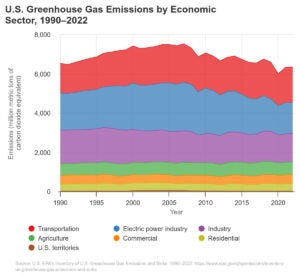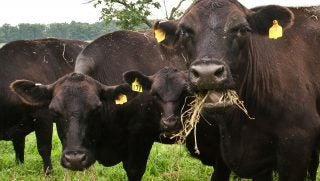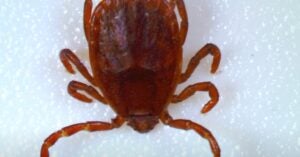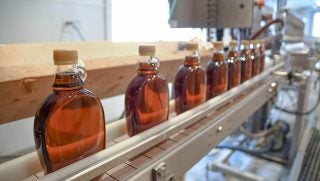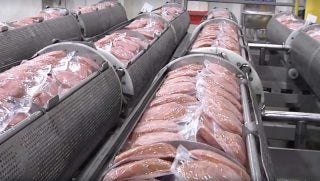A Texas farmer has pleaded guilty to charging illegal fees to farmworkers employed through a federal guest-worker program.
According to court records, Ernesto Garza worked as a supervisor and foreman of farm workers at F.D.C., an agricultural services company that operates farms throughout Idaho, including in Glenns Ferry. F.D.C. employed H-2A agricultural workers each year from approximately March to November.
Between at least 2005 and 2019, while he served as a supervisor and foreman, Garza was responsible for preparing and submitting payroll timesheets for H-2A workers based on the number of hours worked. He was also responsible for assigning various tasks and projects to the workers he supervised.
According to authorities, Garza charged certain H-2A agricultural workers a flat fee to work at F.D.C. under the H-2A program, with the fee ranging from approximately $750 to $2,500. Garza charged the fees without F.D.C.’s knowledge or approval, and the H-2A agricultural workers paid the fees to Garza each year because they feared that they would be fired or not allowed to return to F.D.C. under the H-2A program in future years if they did not pay. Garza was not permitted to request or collect such fees under H-2A agricultural worker rules and regulations.
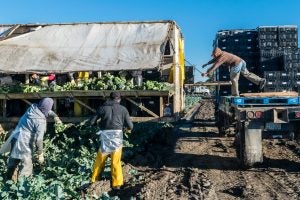
Between 2013 and 2019, Garza also deposited approximately $493,153 in unreported income into his personal bank accounts, in part, from the extortion described above as well as a separate scheme to defraud the farm. Garza did not disclose the additional income on his tax return for the years 2013 through 2019, which resulted in false Form 1040 tax returns being prepared and filed.
According to the U.S. Citizenship and Immigration Services, the H-2A program allows U.S. employers who meet certain requirements to bring foreign nationals to the United States to fill temporary agricultural jobs that cannot otherwise be filled because there are not enough U.S. workers who are able, willing, qualified, and available to do the work.
Garza is scheduled to be sentenced on July 18, 2024. He faces a maximum penalty of 20 years in federal prison. A federal district court judge will determine any sentence after considering the U.S. Sentencing Guidelines and other statutory factors.

